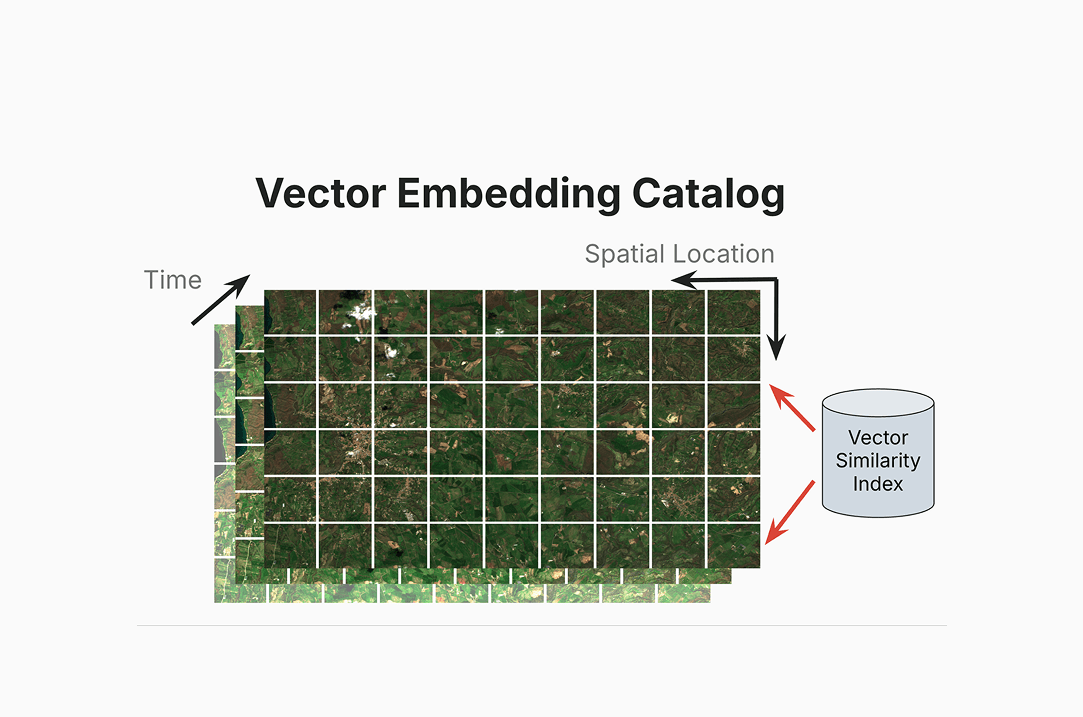Machine Learning
<- Return to all blogs
-

Beyond the Hype: Element 84’s Pragmatic Vision for AI in Engineering
At Element 84, we’ve always been focused on solving our clients’ most complex geospatial problems with high-quality, reliable, and scalable software. We’re excited about AI’s potential to accelerate development and allow our engineers to focus their creative energy on core problem-solving. To achieve that without sacrificing our quality and reliability, our approach is centered around…
-
Beyond the Hype: Element 84’s Pragmatic Vision for AI in Engineering
At Element 84, we’ve always been focused on solving our clients’ most complex geospatial problems with high-quality, reliable, and scalable software. We’re excited about AI’s potential to accelerate development and allow our engineers to focus their creative energy on core problem-solving. To achieve that without sacrificing our quality and reliability, our approach is centered around…

-
Prioritizing Responsible AI
AI is moving fast. It’s moving faster than we can govern and regulate it, and even sometimes faster than our understanding of its full impact. As we push the boundaries of what AI can do, everyone is scrambling to keep up. Thus, the guidance and governance around AI usage are still evolving. In this time…

-
Sustainable AI: Reduce Your Carbon Footprint, Cut Costs, and Keep Your Users Happy
Our team at Element 84 is excited about AI’s potential to help in building systems, understanding the impacts of climate change, and generally helping users access data. At the same time, we’re also concerned with the environmental impact of using this technology. Hugging Face sums up the issue well in their AI Environment Primer: Artificial…

-
Updating our Geospatial Technology Radar for 2024
We introduce the second iteration of our geospatial technology radar, which is designed as a resource for the community to outline impactful technologies in the space.

-
Segmenting Sandstorms in Satellite Imagery
In this blog, we walk through our approach to segmenting sandstorms in satellite imagery, evaluate the quality of our results, and compare them against existing solutions.

-
Emerging trends in geospatial: May 2024
In this post, we highlight a few of the trends in geospatial our team noticed at SatSummit, and we’re outlining how we plan to integrate these trends into our work.

-
Using Generative AI in AWS for the Federal Government
In this blog, we detail how to get started with Generative AI in your existing Federal Government cloud accounts.

-
Building a queryable Earth with vision-language foundation models
We take a close look at two such remarkable VLMs that have come out in the past few months and, using these models, we build a prototype “queryable Earth” functionality that allows retrieving images along with their geolocations using text queries over a large geographical area.


